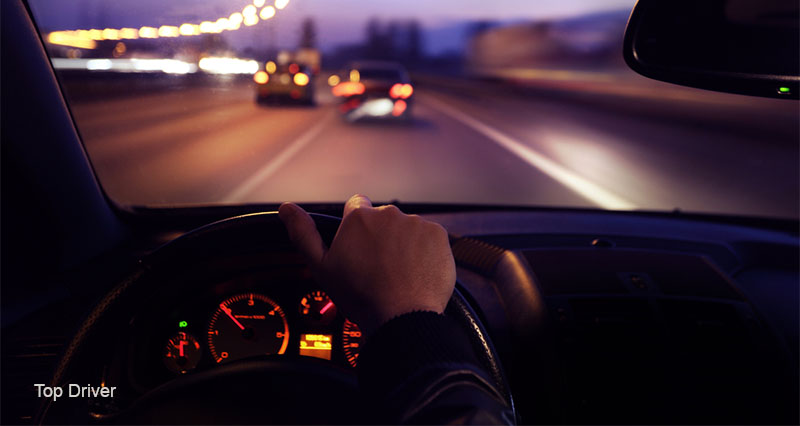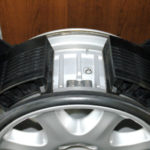Many choose a night drive to avoid traffic jams, heat, or delays. Although a night ride has its advantages, it has some drawbacks.
When it comes to driving, you don’t want to take chances. The last thing you want is a traffic accident that compromises your safety or your ability to sell a car online in Dubai after it is damaged.
Driving at night isn’t the same as during the day. More things may distract us, such as bright lights from other cars, streetlights, headlights, and restricted visibility. These issues can cause problems when trying to pay attention to the road ahead.
Driving at night requires focus, concentration, and caution. While you can not avoid some distractions, there are ways to alleviate them. Here are our eight tips for a safe night ride.
- Take the Road Well Rested
Your body knows that the night is the sleeping time, and it tends to relax naturally. Fatigue is one of the main causes of night accidents. So avoid mixing a busy work day with a night trip.
Sleep a few hours during the day before the journey, and avoid a heavy meal before hitting the road: digestion and drowsiness often go hand in hand.
- Prepare Your Vehicle
Whether driving day or night, maintaining your car and preparing it for the road ahead is essential. For night driving, pay attention to three things:
- Clean your front and rear headlight lenses and check that they are working properly.
- Wash your mirrors and front and rear windscreen.
- Check the wear of your wiper blades to preserve your vision as much as possible.
- Check the tire’s condition and pressure, and make sure the spare tire is good to use.
- Check the water and oil levels in the car.
- Check that all lights are in good condition.
Just imagine the things we would check when we cash any car in Dubai and complete the list. A good inspection before hitting the road will save you a lot of trouble.
- Adjust Your Headlights
Neither too high, so as not to disturb other drivers, nor too low, so that they light your way.
To avoid blinding other drivers, adjust your headlights according to where you’re going. It’s best to turn them down a bit after passing another vehicle and turning off any flashing lights you might have on your wheels. That will reduce glare for those behind you and increase your visibility.
In addition to adjusting your headlights, your vehicle may have automatic headlight controls. These systems automatically adjust the brightness of your lights depending on surrounding traffic lights.
If your car is heavily loaded, you adjust your lighting settings accordingly.
- Enhance Your Vigilance
A night driver should stay alert and pay attention to what is happening on the road. Although after a few tens of kilometers on a straight and clear road, a certain monotony can settle in and put your vigilance to sleep.
To combat that, concentrate on the road and the headlights of the cars which cross you and precede you.
Check your mirrors more often, and open the window regularly to revitalize yourself. And even if the road is yours alone, take breaks at least every 2 hours.
- Increase Your Safety Distance
Preserving the recommended safety distances on overloaded highways in summer is often hard. The night is no exception to this golden rule as drivers take longer to react in the dark and the light of the headlights. In addition, extending this distance will prevent you from dazzling the driver of the car in front of you with your headlights.
At night, it’s important to keep a safe distance behind the vehicle ahead, drive slowly, and ensure visibility. It is advisable to reduce speed by 10% if road conditions are poor. And remember that the white line separating the right lane from the left one isn’t always clearly visible – the “white line effect” makes you pay attention even more.











